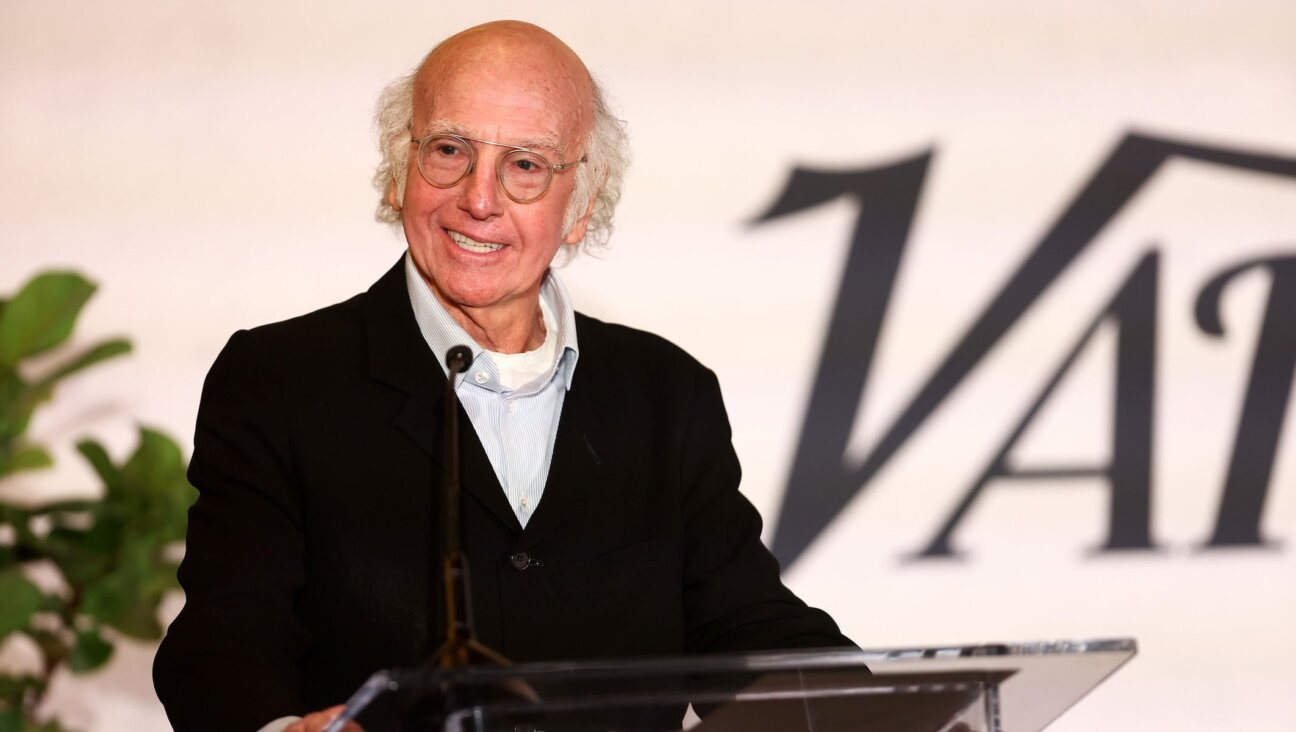Hitler Bunker Exhibit Asks: How Did Germans Become Nazis?

Graphic by Angelie Zaslavsky
More than 70 years after Adolf Hitler committed suicide in his Berlin bunker in the final days of World War Two, an exhibition in the capital examines how he became a Nazi and what turned ordinary Germans into murderers during the Third Reich.
The exhibition “Hitler – how could it happen” is set in a bunker in Berlin that was used by civilians during World War Two bombing raids – close to the bunker where Hitler lived while Berlin was being bombed and which is not accessible to the public.
It examines Hitler’s life from his childhood in Austria and time as a painter to his experience as a soldier during World War One and his subsequent rise to power.
It ends with a controversial reconstruction of the bunker room where Hitler killed himself on April 30, 1945 – replete with grandfather clock, floral sofa and an oxygen tank. The exhibit is behind glass and is monitored by camera, with visitors forbidden to take photographs.
Exhibition curator Wieland Giebel, 67, said he had been accused of “Hitler Disney” for putting the room on show. But he defended the decision, saying the exhibition focused on the crimes carried out by Hitler’s regime, adding: “This room is where the crimes ended, where everything ended, so that’s why we’re showing it.”




















